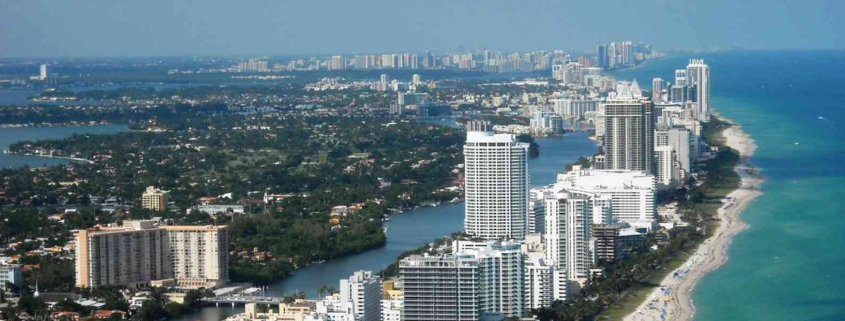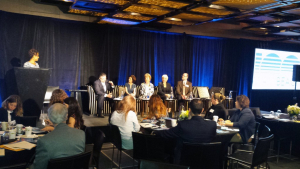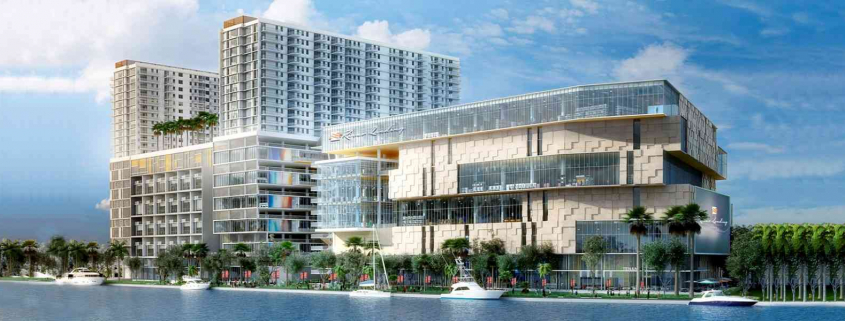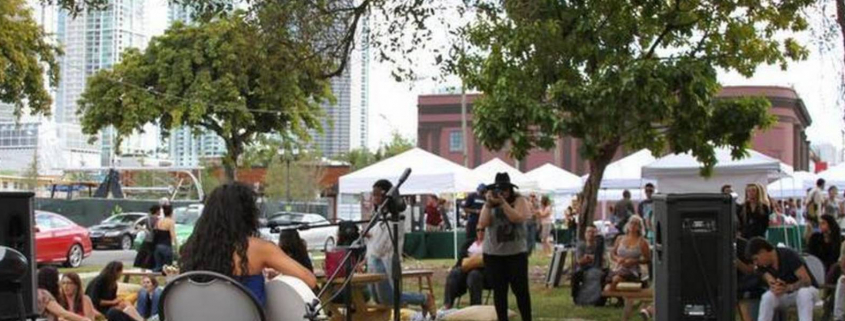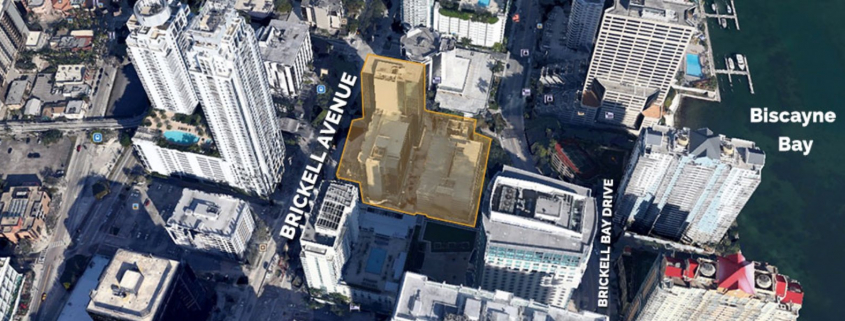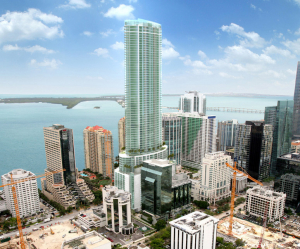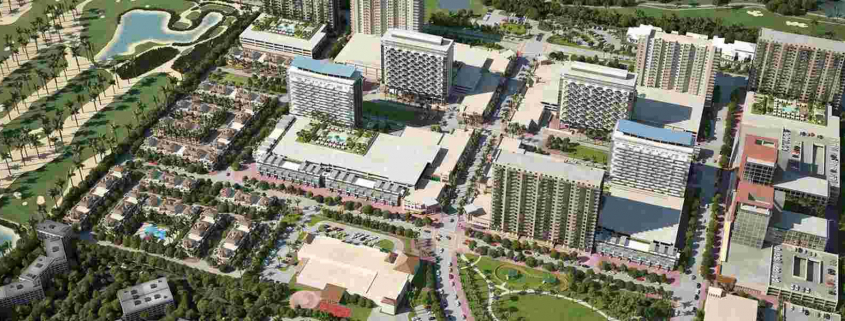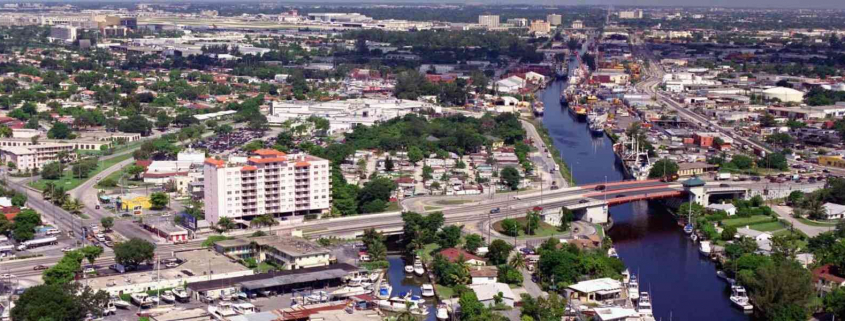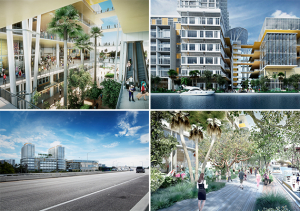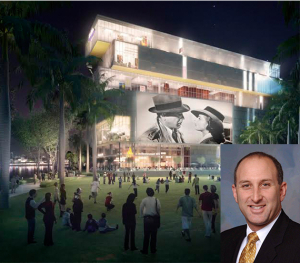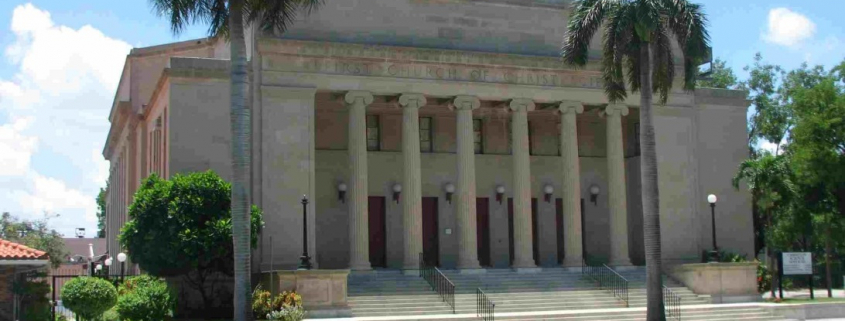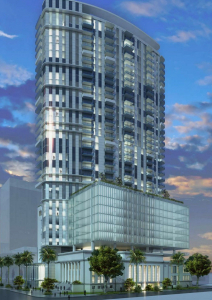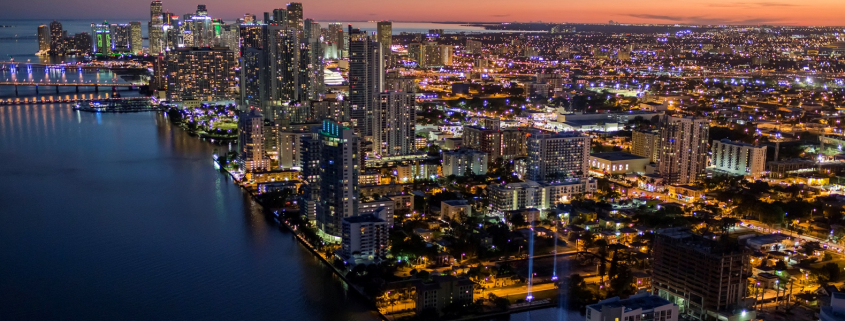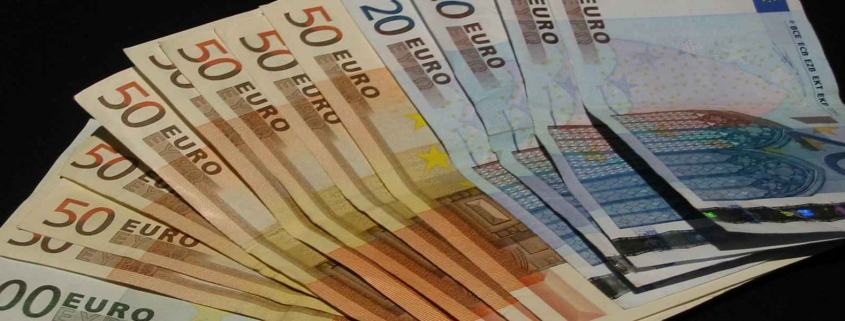According to the Miami Association of Realtors, the Miami real estate market continued to perform robustly in the fourth quarter of 2014 due to increasing demand from both domestic and international buyers.
Median and Average Sales Prices Continue to Rise
The median sales price for single-family homes in Miami-Dade County increased to $246,140 in the fourth quarter, a 4.7 percent jump compared to the same period last year. The median sale price for condominiums increased 8.6 percent to $190,000 in the fourth quarter compared to a year earlier. Miami-Dade County has now seen 12 consecutive quarters of growth for both single-family homes and condominiums.
“We expect Miami home prices to continue to increase in 2015 but at a more moderate rate,” said Christopher Zoller, a 27-year Miami-based realtor and the 2015 Residential President of the Miami Association of Realtors. “Limited supply and strong demand for single-family homes is still reflective of a seller’s market. There is also strong demand for both new construction and existing condominiums, so we will continue to see price growth for residential properties in Miami-Dade.”
Nationally, the median sales price of existing single-family homes was $208,700 in the fourth quarter, up 6.0 percent from the fourth quarter of 2013, according to the National Association of Realtors. The national median sales price for condominiums was $203,300, a 3.3 percent increase over the previous year.
The statewide median sales price for single-family existing homes in the fourth quarter was $180,000, up 5.9 percent from the same quarter a year ago, according to the latest housing data released by Florida Realtors. The median sales price for condominiums in Florida was up 7.9 percent compared to the same quarter last year at $143,000.
Compared to the fourth quarter of 2013, the average sales prices for condominiums in Miami-Dade County increased 18.5 percent to $375,269. The average sales price for single-family homes decreased 2 percent to $394,095.
Sales Continue to Rise for Single-Family Homes
Sales of single-family homes, which set an all-time record for all of 2014, increased 7.7 percent to 3,426, while condominiums decreased 3.3 percent to 3,981 compared with the same period in 2013.
There were 7,407 homes and condos sold in Miami-Dade County during the fourth quarter of 2014, an increase of 1.5 percent compared to the fourth quarter of 2013.
“Much of the increase in single-family home sales activity is due to consumer confidence,” said Carlos Gutierrez, the principal Realtor of Gutierrez Group Miami Real Estate and the 2015 president-elect of Miami Association of Realtors. “Many buyers who were staying on the sidelines are now buying. Huge gains in job growth and more solid economic indicators are resulting in more consumers returning to the housing market.”
Nationally, total existing-home sales, including single family and condo, declined 1.0 percent to a seasonally adjusted annual rate of 5.07 million in the fourth quarter from 5.12 million in the third quarter, but are 2.6 percent higher than the 4.94 million pace during the fourth quarter 2013.
Statewide closed sales of existing single-family homes totaled 62,080 in the fourth quarter 2014, up 14.9 percent over the fourth quarter 2013 figure. Statewide closed sales totaled 26,070 during the fourth quarter 2014, up 4.8 percent compared to the same period last year.
Residential Inventory Moving Rapidly Despite More New Listings
Home and condominium listings also increased in the fourth quarter of 2014. There were 5,716 new single-family home listings during the fourth quarter, a growth of 3 percent relative to the same period last year. New condominium listings increased by 4.2 percent from 7,585 in the fourth quarter of 2013 to 7,907 in the fourth quarter of 2014.
Fourth quarter active listings in Miami-Dade County totaled 17,695, representing an increase of 10.8 percent.
At the current sales pace, the number of active listings represents 5.6 months of inventory for single-family homes and 8.4 for condominiums. Compared to the fourth quarter of 2013, the months’ supply of inventory for condominiums increased 19.7 percent. The inventory for single-family homes decreased 0.2 percent compared to the same period from last year. A balanced market between buyers and sellers offers between six and nine months of supply inventory.
The median days on the market of single-family home listings during the fourth quarter was 45 days compared to 40 days during the same period last year, an increase of 12.5 percent. Similarly, the median days on the market for condominium listings were 58 days compared to 47 last year, an increase of 23.4 percent.
Percentage of Cash Sales Declines
In the fourth quarter of 2014, 55 percent of closed sales were all cash compared to 60 percent a year ago. All cash sales were 41.4 percent of single-family home closings and 66.9 percent of all condominium sales. Since nearly 90 percent of foreign buyers pay cash, this reflects Miami’s top position as a prime market for foreign buyers. Miami has a significant percentage of international buyers, generating more than double the cash transactions than the national average.
December 2014 New Construction Market Update
Strong sales in the coastal new construction condominium Miami market (east of I-95) continue to reflect significant demand for new properties, according to the latest New Construction Market Status Report released today by Cranespotters.com and the Miami Association of Realtors.
As of December 29, there were nine (9) towers with 981 units that had been completed through 2014 in Miami-Dade County east of I-95, 66 towers with 9,598 units under construction, and 73 towers with 10,554 units that are planned but have not begun development. There are also 54 towers with 7,905 units that have been announced but not approved.
Overall in Miami-Dade County, developers had announced 202 towers with 29,038 units since 2011 through December 29.
Source: World Property Journal

